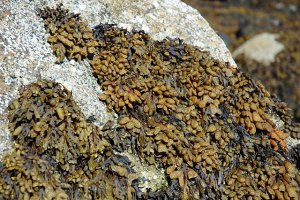
Spiral Wrack: The Coastal Olive
Fucus spiralis, aka Spiral Wrack or Twisted Wrack, is brown alga belonging to the Fucaceae family. As a member of this powerhouse family, it is
A Basic skill of any survivalist, woodsman, naturalist, herbalist, apocalypticist, hobbyist or hunter. Being able to identify wild edible plants has an almost mystic image because throughout history this skill done correctly leads to life and incorrectly could lead to illness or death. This is one of the oldest and most respected skills worldwide. Foraging for wild edible plants has always been one of the foundations for mankind’s ability to survive and thrive in different climates.

Fucus spiralis, aka Spiral Wrack or Twisted Wrack, is brown alga belonging to the Fucaceae family. As a member of this powerhouse family, it is

Meadow salsify (Tragopogon pratensis) is a yellow ornamental biennial wildflower found in the Pacific Northwest and across much of the United States. You can normally
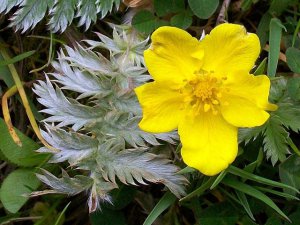
Silverweed, also known as Goosefoot or Silvery Cinquefoil, is an edible plant surrounded by contradiction. It is claimed to be native to both North America
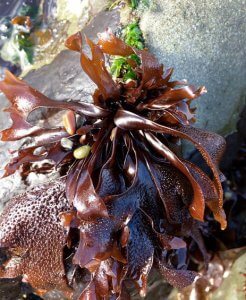
Mastocarpus papillatus, or Turkish Washcloth, is an edible alga that gets its name from its bumpy surface, as the scientist who discovered this undersea delight
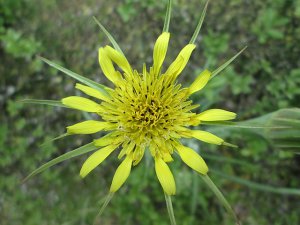
Yellow salsify (Tragopogon dubius) is a yellow flowering plant that’s commonly found in most of the continental US except for the far Southeast. Yellow salsify
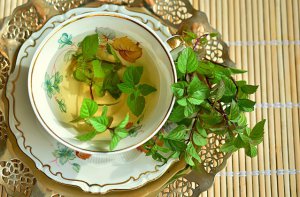
The holiday season is full of all sorts of iconic foods and flavors, from Christmas oranges and braided breads, to latkes and gelt at Hanukkah,
Built with ☕️ by 20k Media.